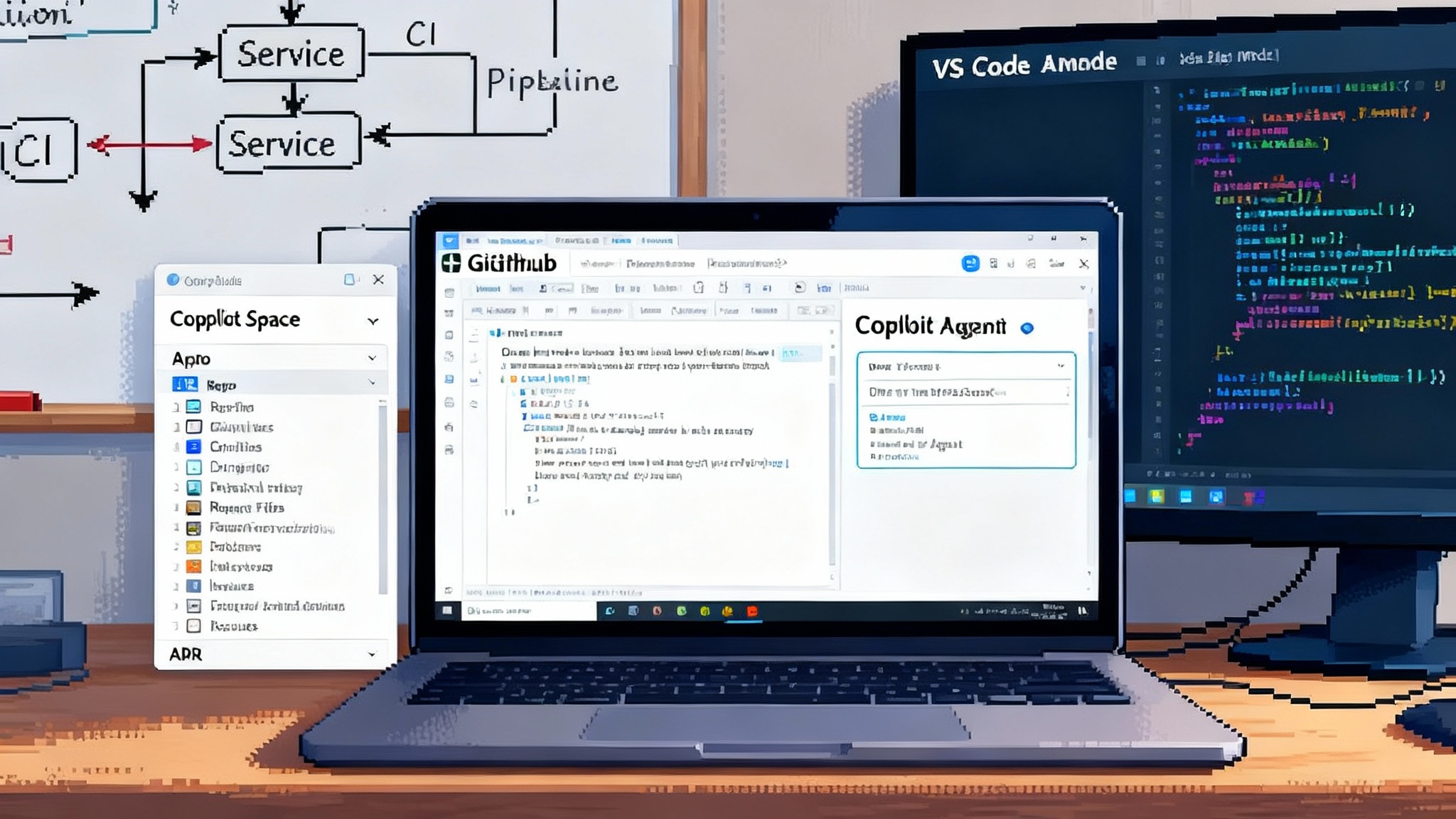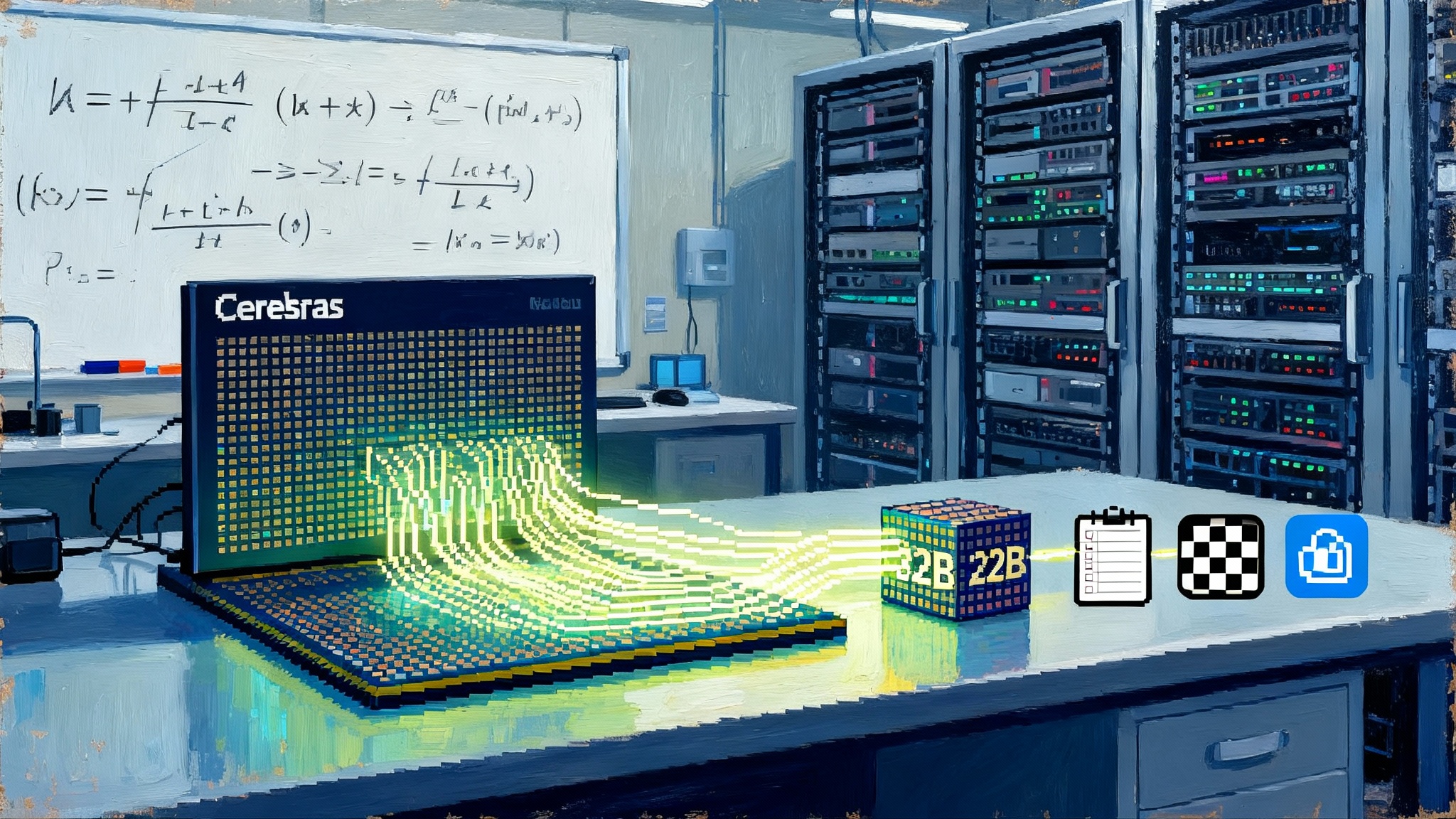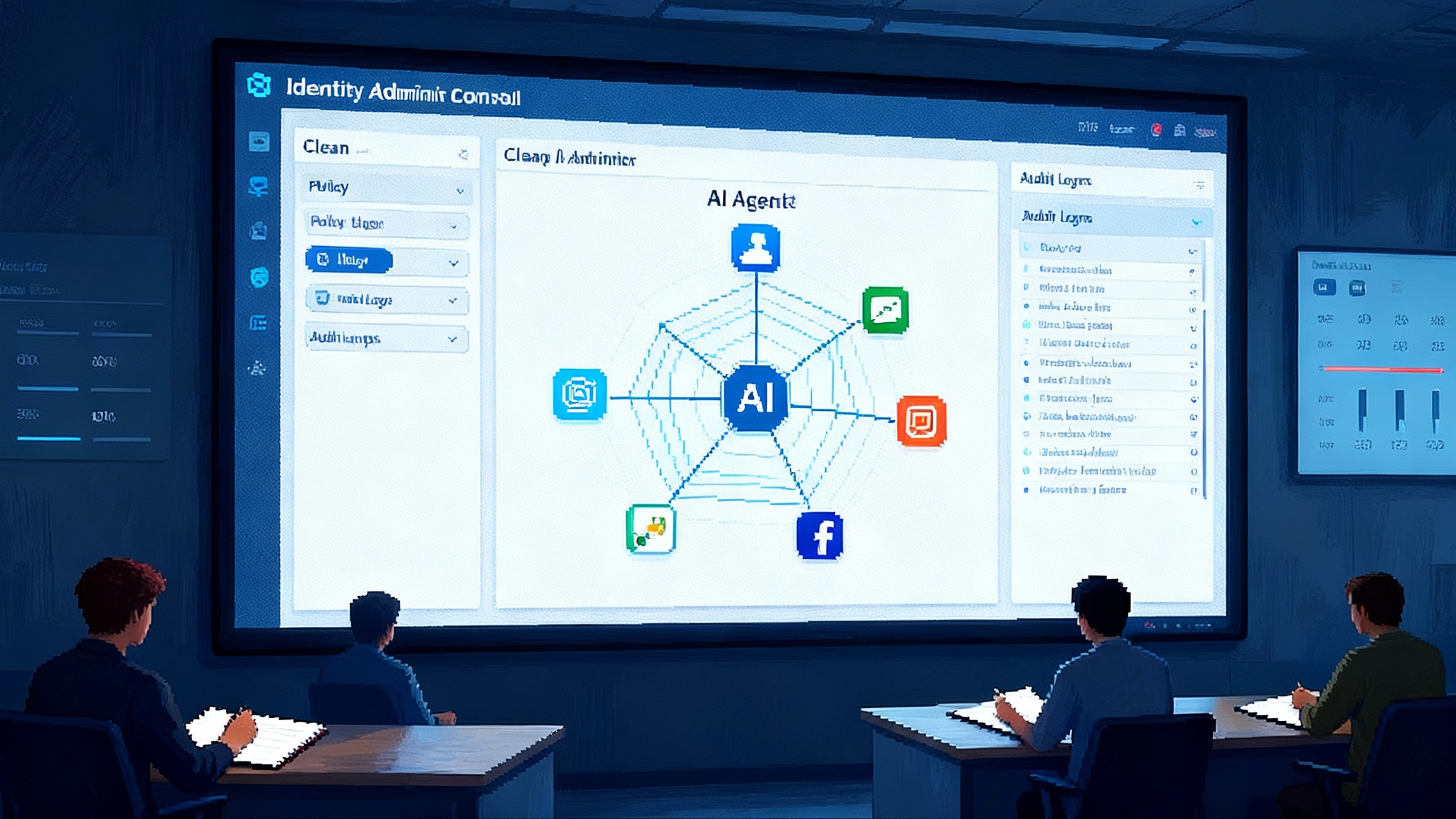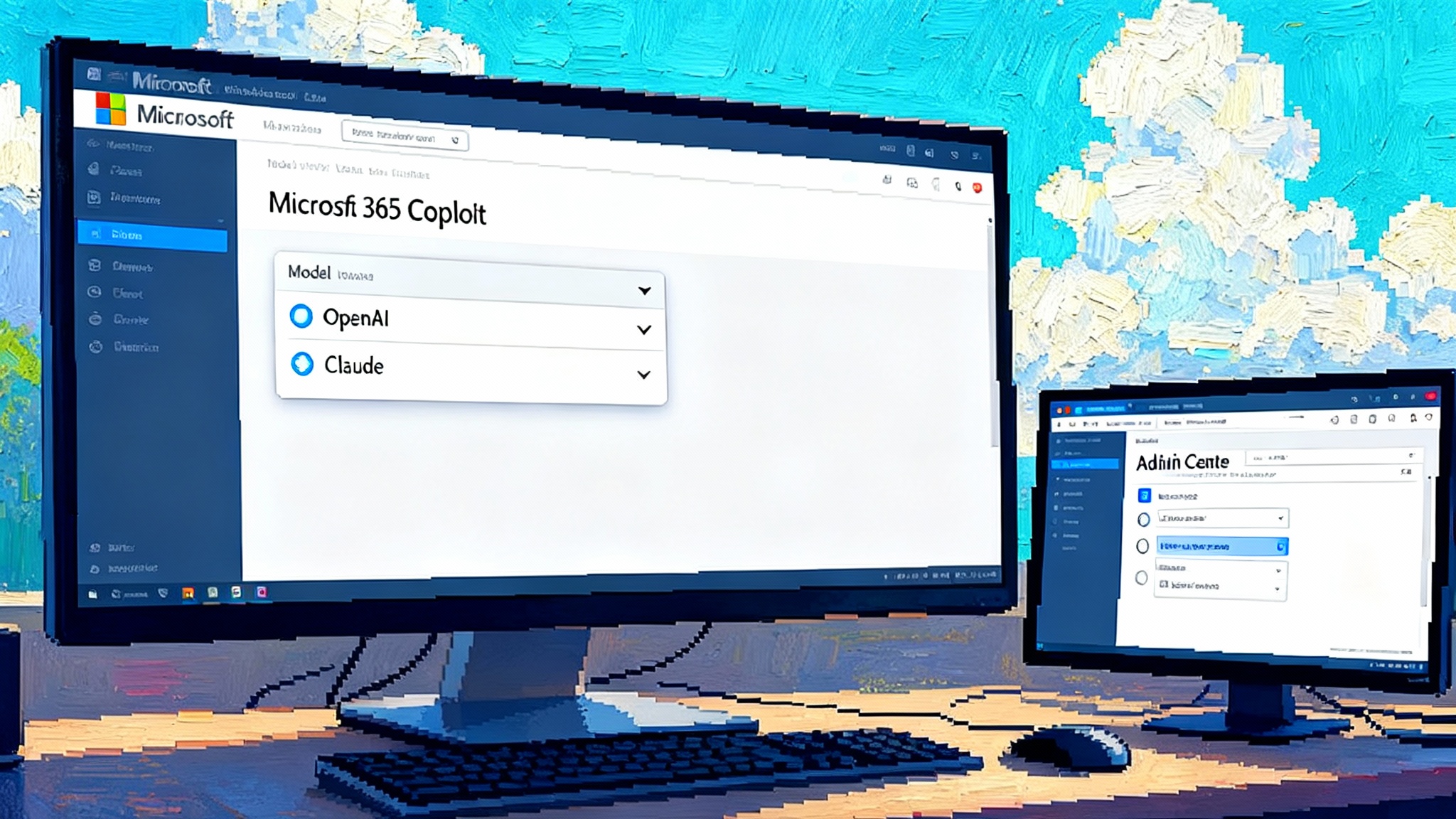Copilot Spaces GA: from chat to codebase-aware agents
GitHub Copilot Spaces is generally available, bringing persistent project context into agent mode and the coding agent so teams can plan and ship multi-file changes under enterprise guardrails.

The day Copilot started remembering
GitHub just made a quiet but consequential shift. With Copilot Spaces now generally available, you can create persistent, shareable hubs of project context that Copilot remembers and uses across conversations and tasks. That single change moves developer AI from ad hoc chat to durable, codebase-aware teammates. GitHub’s own description says Spaces bring together files, repos, issues, and pull requests so responses are grounded in your project. It also notes you can access Spaces from your IDE through the GitHub MCP server. See the announcement: Copilot Spaces is now generally available.
This article looks at what that shift means in practice. We will unpack how Spaces, agent mode, and the new coding agent work as a system to plan and execute multi-file changes. Then we will cover the governance and security implications for repositories. Finally we will share practical playbooks you can run over the next quarter for onboarding, code reviews, and the enterprise SDLC. For broader context on platform direction, see the enterprise agent stack goes mainstream and how identity strategy shapes controls in Okta’s XAA playbook.
What a Copilot Space actually is
Think of a Space as a curated, living dossier for a project or initiative. It is not just a chat thread. A Space is a collection of sources that Copilot can reference:
- Specific files or directories from one or more repositories
- Related pull requests and issues
- Architecture notes, runbooks, ADRs, API specs, and team conventions
- Custom instructions that declare how you want Copilot to behave
Because sources are attached rather than pasted, they stay in sync. When a repository changes, the Space reflects the change. That means a prompt tomorrow benefits from everything you curated yesterday, without copy paste. You can share a Space with teammates so knowledge does not live only in a senior engineer’s head. You can also reach Space context inside your IDE using GitHub’s MCP server, so the context is present where you type, not only on the web.
The key behavior change is persistence. In a traditional chat, you re-state context on every new thread and you lose it after a few pages of back and forth. In a Space, context becomes a first-class object that outlives the chat and can be reused by your team.
Agent mode: your operator console
Agent mode in editors like VS Code turns Copilot from an autocomplete into an active operator that can search, navigate, and modify your code with tool use. It is the working surface that binds your Space context to an execution plan. In agent mode you can:
- Ask Copilot to analyze the repository for an issue and propose a multi-file plan
- Inspect proposed edits and iterate inside the editor
- Bring in Space context by name so the plan reflects standards, decisions, and dependencies your team already agreed on
Agent mode’s value is the feedback loop. You can challenge assumptions, ask for alternatives, and refine the plan before anything gets committed. That is the control surface senior engineers need to steer an assistant that can touch many files at once.
The coding agent: asynchronous execution with a pull request trail
The new coding agent is the automation engine that takes a refined plan and executes it as a background task. Instead of asking you to copy a suggested patch, the agent opens a draft pull request, spins up its own secure development environment powered by GitHub Actions, makes iterative commits, and narrates what it is doing. When it is done, it requests your review and will respond to comments with follow up edits. GitHub has now made this feature generally available. See the announcement: Copilot coding agent is now generally available.
There are several important qualities to notice:
- It is asynchronous. You can delegate a task and continue working. The agent will chug along and report results in the PR.
- It is auditable. Every change is committed to a branch behind a draft pull request, so you have visibility and diffs.
- It is policy aware. Branch protections, required reviews, and required checks still apply. The agent does not bypass governance, it moves within it.
How the pieces work together to ship multi-file changes
Here is the practical system that emerges when you combine Spaces, agent mode, and the coding agent.
- Curate the Space
- Create a Space named Checkout Service v3.
- Add the service repository, the ADR that standardized on the payment provider, the OpenAPI spec, security guidelines, and the existing runbook.
- Add custom instructions: use our team’s logging library, preserve idempotency on retries, update Kusto queries in telemetry docs when payment schemas change.
- Plan with agent mode inside the IDE
- In VS Code, open agent mode and reference the Space by name. Ask for a plan to migrate the payment SDK from v2 to v3.
- The agent enumerates impact: client wrapper, retry policy, exception mapping, test fixtures, and dashboards. It proposes a sequence of edits and test updates, with a rough time estimate.
- You ask it to include a blue-green rollout path and to split schema migrations from code changes. It revises the plan and produces a dependency graph.
- Delegate to the coding agent for execution
- Assign the GitHub issue to Copilot or click the Delegate to coding agent control in the editor. The agent opens a draft PR, sets a checklist in the description, and starts committing.
- It writes the wrapper, updates imports across N files, regenerates API clients, updates tests, and runs the test matrix. Failures show up as comments and as CI annotations. The agent pushes fixes incrementally.
- It updates the telemetry docs in the docs repo, because those were in the Space instructions and linked as a second source. It includes screenshots from a browser check for a critical flow if your org enables the default Playwright tool.
- Review and merge
- CODEOWNERS and required reviewers get notified. Humans review the PR, request tweaks, and the agent addresses them. Security and quality checks run as usual. When the gate is green and reviewers approve, you merge.
The important part is the flow of context. The Space seeds the plan. Agent mode lets you shape it. The coding agent executes it under your repo’s policies with a visible paper trail. For a scaled case study on governance and rollout, see the bank-grade AI agents pilot.
Governance and security in a world of agentic commits
When an autonomous actor can modify many files quickly, the difference between safe and risky deployments is your governance baseline. The good news is that GitHub’s design fits into existing controls. Consider these pillars and the adjustments each team should make.
- Identity and permissions
- Treat the coding agent as a non-human teammate with least privilege. If you use organization wide policies for Copilot, enable the agent only in repos you intend to automate in the first rollout wave.
- Use CODEOWNERS to require the right reviewers for sensitive areas like auth, payments, and data persistence.
- Branch protections
- Require status checks to pass before merge. Ensure unit tests, static analysis, secret scanning, and license checks still apply.
- Prevent bypasses by making admins subject to rules in critical repos. The agent should be subject to the same rules as humans.
- Environments and secrets
- Keep execution in an isolated environment. The coding agent’s sandbox runs via GitHub Actions. Scope secrets tightly and prefer short lived tokens. Use environment protection rules and approvals for production deploys.
- For integrations that the agent might call, create dedicated credentials with granular scopes. Avoid sharing human tokens.
- Audit and traceability
- Use PR templates that force the agent to fill out change rationales and risk notes. The agent’s session log and commit trail should be included in the draft description.
- Pipe PR metadata to your SIEM. Alert on unusual edit bursts in sensitive directories or on changes to IaC that touch production networks.
- Data boundaries
- If you have compliance constraints, choose an allowed model for the Space and for agent mode. Lock down MCP servers to those vetted by security.
- Keep customer data and secrets out of Space attachments unless you intend to use them. Prefer masked sample data or synthetic fixtures.
- Change scope and blast radius
- Require the agent to ship behind flags for risky features. Instruct it to create flags as part of the plan when necessary.
- Cap the size of any single PR in your instructions. Encourage the agent to create a series of smaller PRs for long running tasks.
For adjacent patterns and architecture choices, review how the enterprise agent stack goes mainstream and map those components to your controls.
Playbooks you can run in the next quarter
Here are practical, time bounded plans you can use to get value without losing control.
1) Onboarding that sticks in week one
Objective: reduce ramp time for new joiners from weeks to days while improving safety.
- Make a Space per team with the repo, top 10 architectural decisions, coding standards, runbooks, on call guide, and a guided tour prompt file.
- Add custom instructions that define your team’s idioms and pitfalls. Include model selection guidance if your org allows multiple models.
- Have new joiners use agent mode to explore unfamiliar flows. Ask them to run the What will break if we change X exercise and paste the agent’s dependency map into the Space.
- Assign the coding agent a small tech debt fix on day three. Require the agent to produce tests and a rollback section in the PR template. Pair the new joiner with a senior reviewer to walk the PR trail.
- Measure time to first useful commit and number of questions answered with Space context versus Slack pings.
2) Code reviews that scale without losing taste
Objective: increase review throughput while preserving quality and institutional knowledge.
- Use Spaces to encode review guidelines per repo. Include patterns that must be followed for observability, retries, and error boundaries.
- When a PR arrives, ask agent mode to summarize the change and list risk areas that require close human attention. Use that as your review checklist.
- For smaller follow ups, let the coding agent apply requested changes and tests. Require final approval from human reviewers on protected branches.
- Use CODEOWNERS to route the right reviewers for language specific or domain specific sections. For example, data platform maintainers for migration scripts.
- Track median time to merge and number of review cycles per PR. Watch for regressions in escaped defects. Tune Space instructions accordingly.
3) SDLC integration in 30, 60, 90 days
Objective: safely adopt agents in production software delivery and learn where they help or hurt.
-
Days 0 to 30
- Limit agent access to two low criticality services with good test coverage. Create Spaces and codify team conventions. Turn on branch protections and required checks.
- Define a PR template that forces the agent to fill out impact, tests, telemetry updates, and rollout. Require link back to the issue and Space name.
- Run weekly office hours. Collect failure modes. Adjust instructions.
-
Days 31 to 60
- Expand to medium criticality services. Introduce flag driven rollouts and staged deployments. Require the agent to write or update runbooks.
- Integrate agent events into Slack or Teams notifications and into your SIEM. Add alerts for high risk edits and for PRs that bypass checks.
- Start using agent mode to write migration plans for multi repo changes. Humans still execute the cross repo merge choreography.
-
Days 61 to 90
- Turn on the coding agent for selected high value, low risk tasks in a critical service, like test coverage improvements or gRPC timeout harmonization.
- Introduce a Space catalog and lightweight reviews for new Spaces. Treat a Space as documentation that deserves stewardship.
- Publish adoption metrics to engineering leadership: cycle time, PR rework percentage, escaped defect rate, time saved on onboarding, and qualitative developer satisfaction.
Failure modes to expect and how to respond
- Overconfident edits in unfamiliar modules. Mitigation: require the agent to run repository wide tests and dependency analysis before writing the first commit. Instruct it to propose a plan inside the draft PR before editing code.
- Incomplete telemetry or docs. Mitigation: add instructions that any public API or schema change must update instrumentation and docs within the same PR, and verify in review.
- Chatty PRs with too many small commits. Mitigation: have the agent squash on merge and include a concise final description with risks and rollback steps.
- Divergent conventions across repos. Mitigation: encode conventions per team Space. Encourage reuse of Space templates and add a checklist for cross repo consistency.
What changes when context is a shared asset
The simple act of making context persistent and shareable shifts the power balance. You can move from a thousand throwaway prompts to a small set of well maintained Spaces that shape how the model behaves. That reduces variance and concentrates team knowledge in a place where it can be audited and improved. Combine that with agent mode and a coding agent that works under your repo’s rules, and you get an automation pattern that feels like a dependable junior engineer: fast, eager, and contained by your process.
The result is not fewer reviews or less engineering judgment. It is more time for the parts only humans do well: shaping architecture, validating tradeoffs, and writing the tricky pieces that define user experience. The agents handle the routine yet error prone edits across many files, while your governance ensures each change meets your bar.
Bottom line
Spaces going GA is the marker that developer AI is moving inside the workflow rather than hovering above it. Spaces supply durable context, agent mode shapes plans with human oversight, and the coding agent ships those plans as traceable pull requests within your guardrails. If you lean into that pattern with the right instructions, policies, and playbooks, you can get real acceleration in the next quarter without sacrificing safety or standards.








